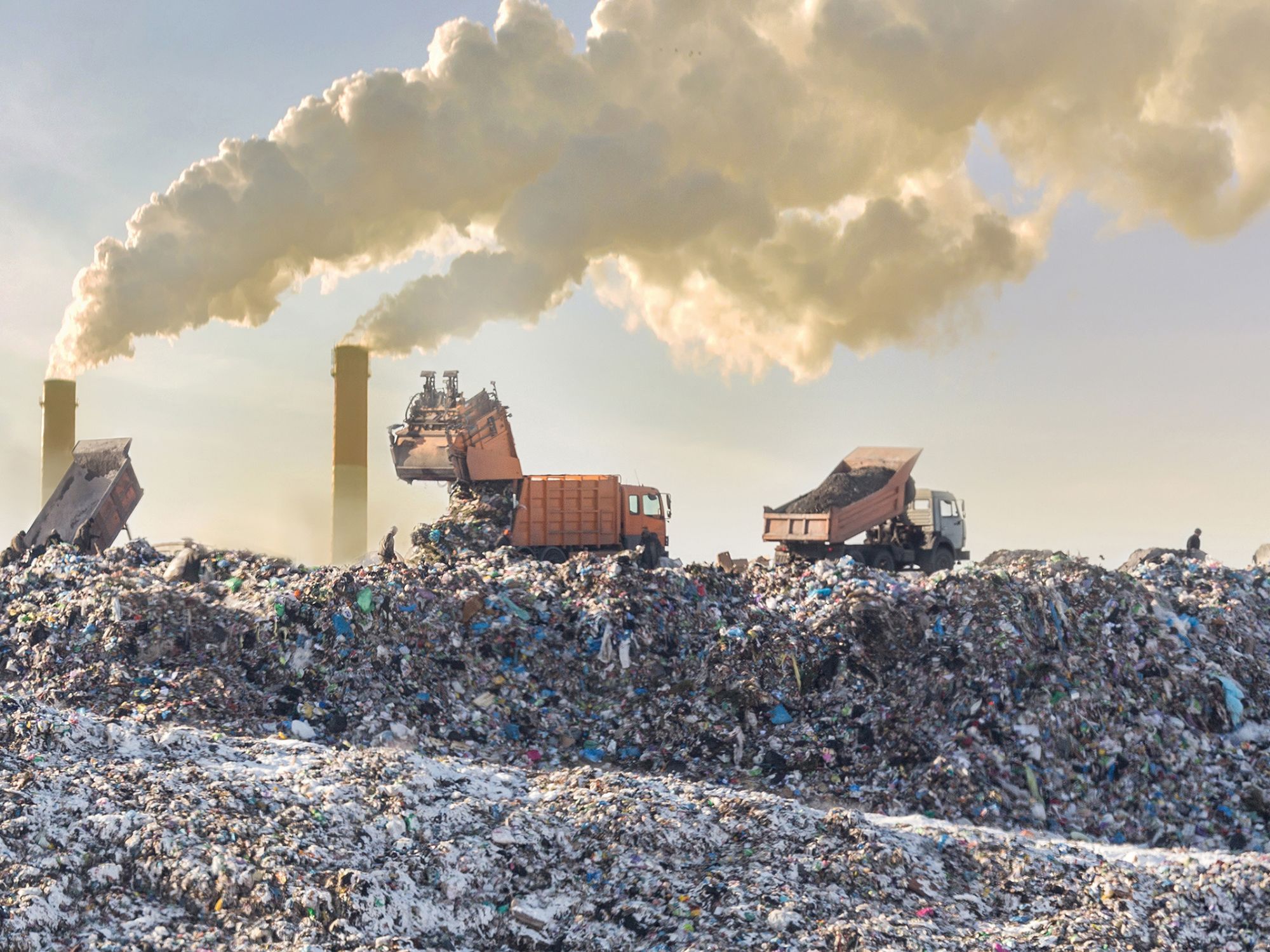Land Disposal Restrictions (LDRs)

- LDRs require that waste is treated to reduce the hazardous constituents to levels set by EPA, or that waste is treated using specific technology.
- A WAP is required for generator onsite treatment that describes the procedures used to comply with the LDR treatment standards.
The Land Disposal Restrictions (LDRs) require that waste is treated to reduce the hazardous constituents to levels set by the Environmental Protection Agency (EPA), or that the waste is treated using specific technology.
Basically, both small and large quantity generators must determine if their hazardous waste is prohibited from land disposal under the LDRs. A prohibited waste is a waste that does not meet its applicable LDR treatment standards at its point of generation and cannot be land disposed until it meets those standards. If the generator has a prohibited waste, then they must either treat it onsite to meet the standards or send it to an offsite treater or recycler along with the required paperwork. A waste analysis plan (WAP) is required for generator onsite treatment that describes the procedures used to comply with the LDR treatment standards.
The LDR standards are quite complex and have additional requirements for generators, including WAPs, notifications, and certifications.
Notifications
Notifications must include the following information:
- EPA Hazardous Waste Numbers and Manifest number of first shipment.
- A statement saying, “The waste is subject to the LDRs.”
- The constituents of concern for F001-F005, and F039, and underlying hazardous constituents in characteristic wastes, unless the waste will be treated and monitored for all constituents. If all constituents will be treated and monitored, there is no need to put them all on the LDR notice.
- The notice must include the applicable wastewater/non-wastewater category (see 268.2(d) and (f)) and subdivisions made within a waste code based on waste-specific criteria.
- Waste analysis data (when available).
Send a one-time certification to the treatment, storage, and disposal facility (TSDF) with the initial shipment of waste. This certification must say: “I certify under penalty of law that I personally have examined and am familiar with the waste through analysis and testing or through knowledge of the waste to support this certification that the waste complies with the treatment standards specified in 40 CFR part 268 subpart D. I believe that the information I submitted is true, accurate, and complete. I am aware that there are significant penalties for submitting a false certification, including the possibility of a fine and imprisonment.”
If the waste changes, send a new notice and certification to the TSDF and place a copy in their files.
